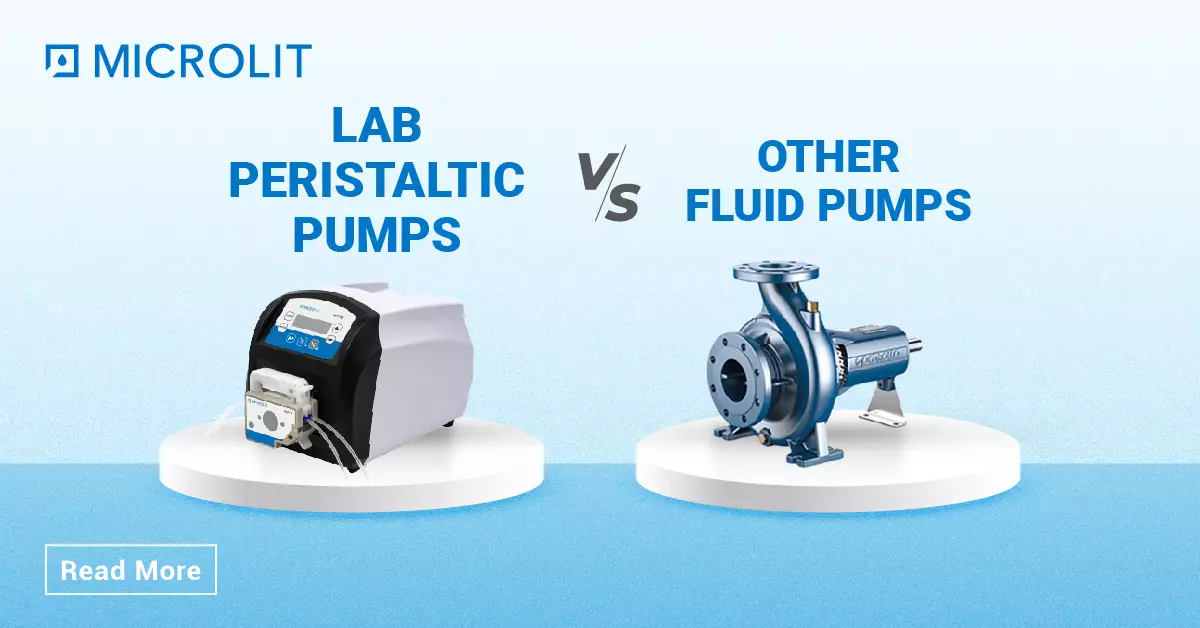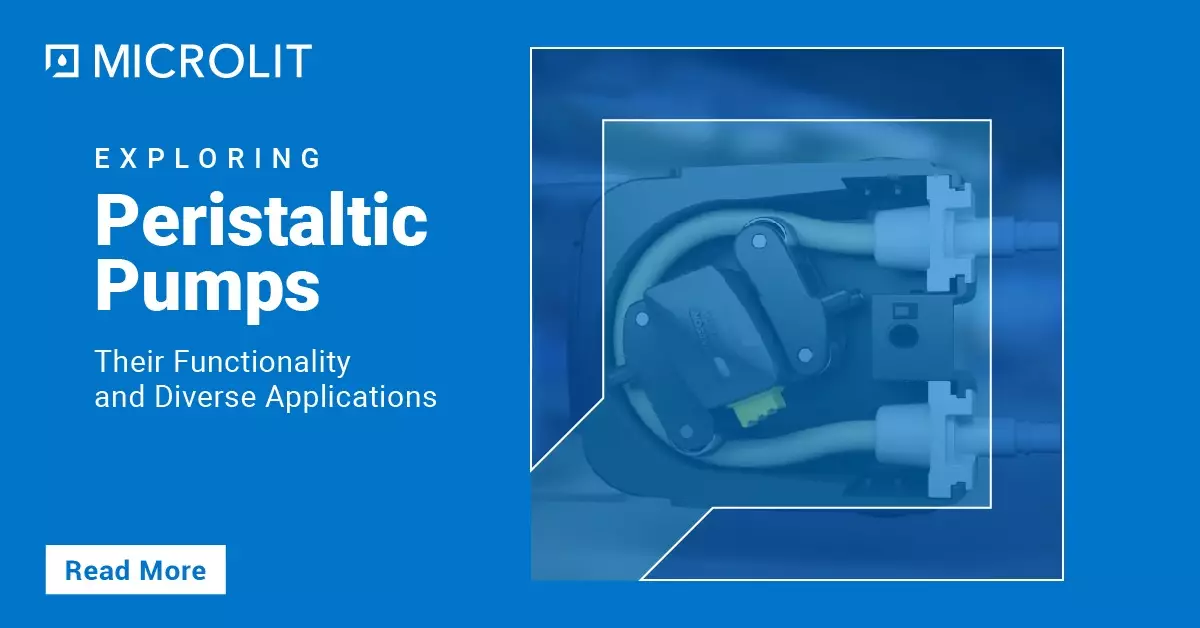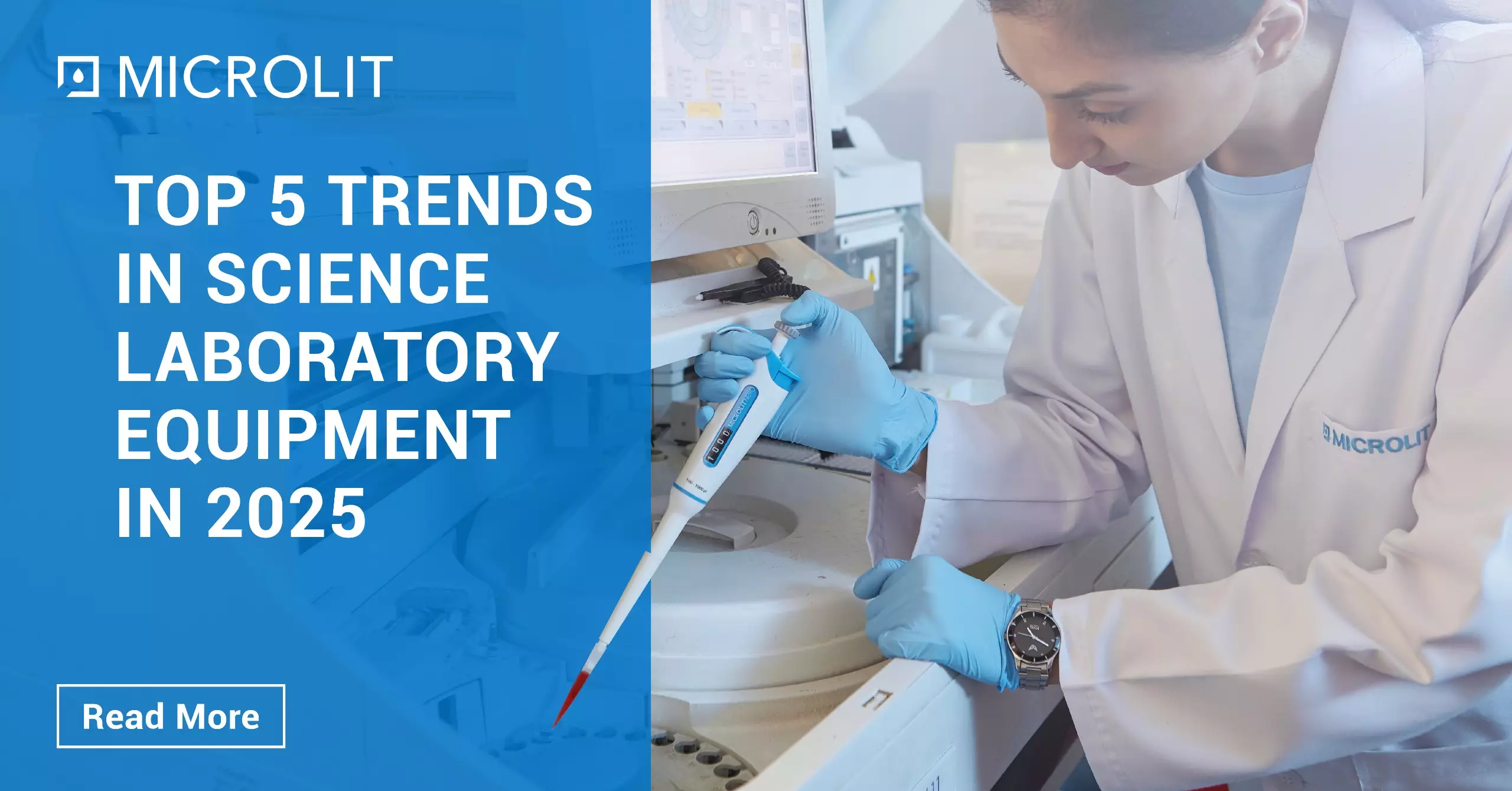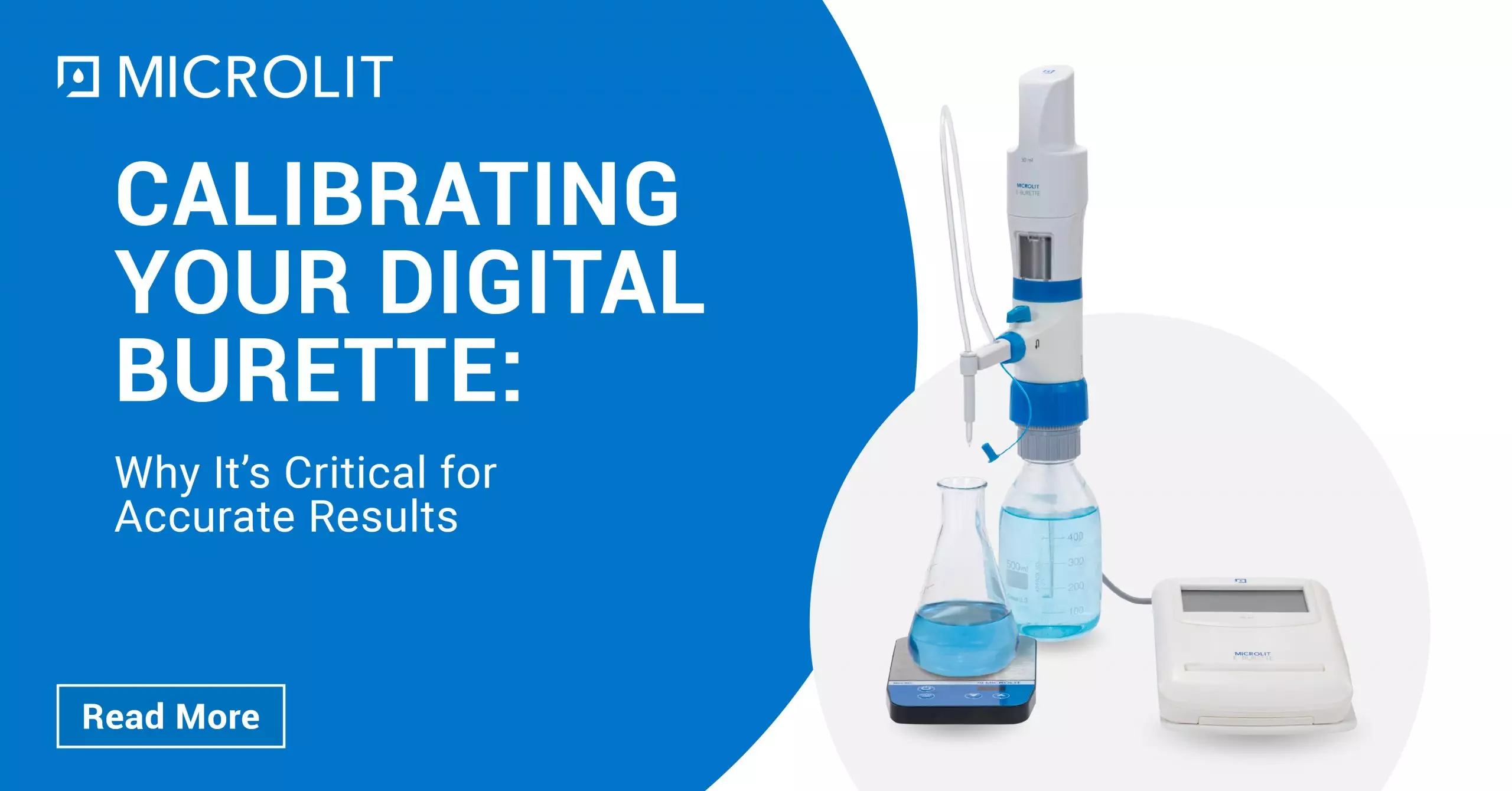Best Practices for Data Protection & Security in Labs
- November 7, 2024
- ENQUIRE NOW
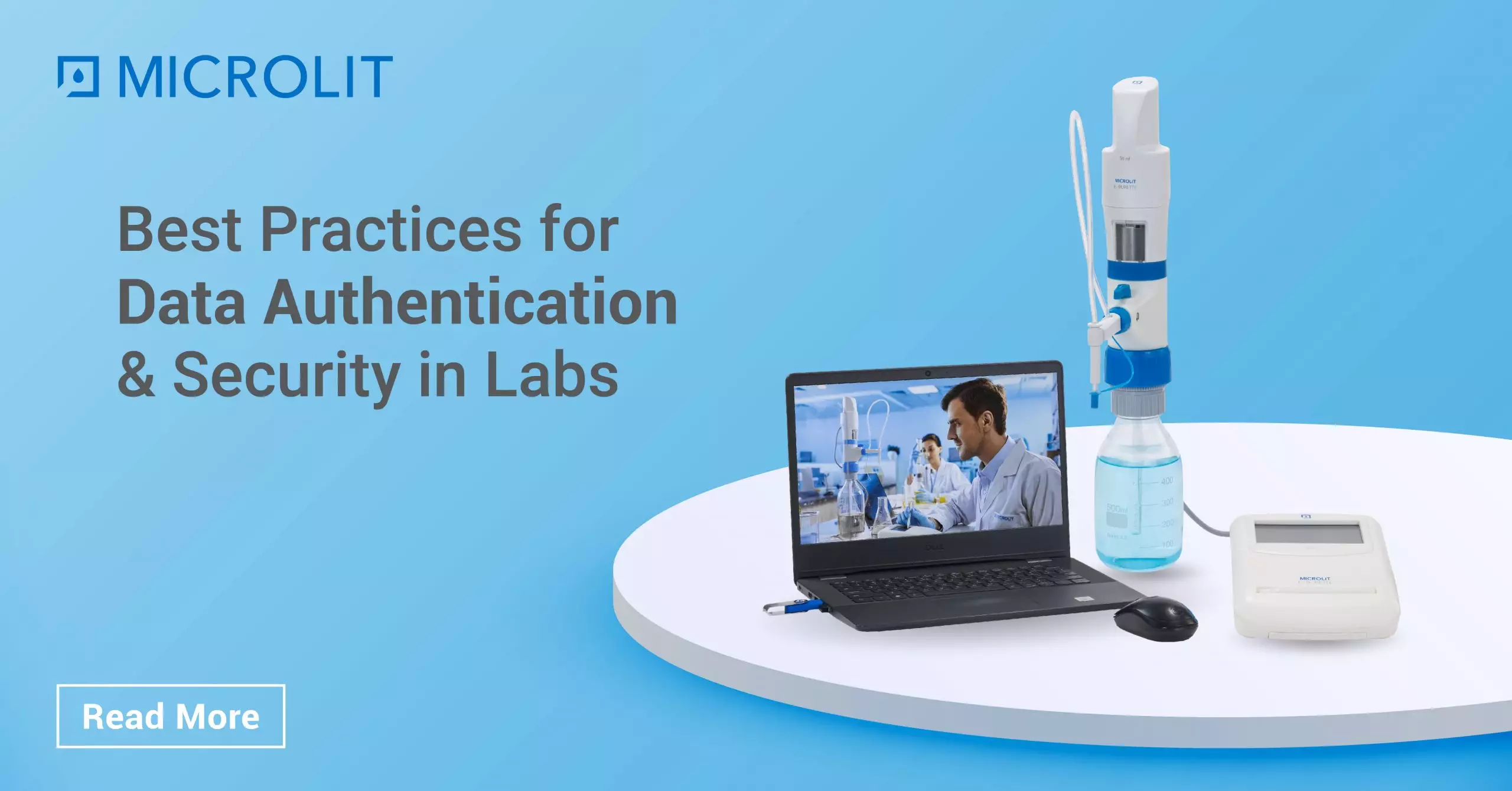
Ensuring Compliance and Security with Microlit E-BURETTE 2.0 and 21 CFR Software Part 11
In laboratories, data is at the heart of scientific discovery and research. Whether in pharmaceutical research, clinical testing, chemical analysis, or academic studies, data security and integrity are critical components of effective operations. As research and testing become increasingly digital, laboratories must adopt robust data protection practices to ensure compliance, safeguard sensitive information and mitigate the risks of data breaches or errors.
One critical aspect of this is ensuring that laboratory equipment and software used for data collection and analysis meet rigorous data security standards, especially when they involve regulated environments. This blog will explore key data protection practices in labs, highlighting how the labs meet Good Laboratory Practices (GLP) compliance.
The Importance of Data Protection and Security in Labs
Laboratories deal with a variety of sensitive data, including intellectual property, patient information, experimental results and proprietary research data. Securing this data is not only necessary for protecting privacy but also to maintain the integrity of experiments and comply with legal standards.
There are several key threats to data security in labs, including:
- Cybersecurity Threats: Hackers, malware, ransomware and other malicious software can compromise sensitive data.
- Accidental Data Loss: Hardware failures, software glitches or human error can lead to the loss of critical data.
- Unauthorized Access: Improper access controls or failure to secure devices can lead to unauthorized access, manipulation or theft of data.
Ensuring that laboratory data is protected, secure and compliant with relevant regulations requires implementing best practices in data management, cybersecurity and compliance. Let’s dive into the data practices and tools that help achieve these goals.
Key Data Protection and Security Practices in Labs
- Data Classification and Labelling
Before implementing any security measures, laboratories should classify their data based on its sensitivity. Not all data requires the same level of protection. For instance:
- Public Data: Data that can be freely shared.
- Internal Data: Information for internal use within the lab.
- Confidential Data: Data that must be kept private, such as patient information or proprietary research.
- Highly Sensitive Data: This includes data that, if compromised, could cause severe harm, like patient health records or classified intellectual property.
By categorizing data, labs can determine which datasets need higher levels of security, such as encryption, access controls and secure storage protocols.
- Access Control and Role-Based Permissions
Access control is one of the most basic yet effective ways to protect data in a laboratory setting. By implementing role-based access control (RBAC), laboratories can ensure that only authorized personnel can access specific datasets or equipment.
The principle of least privilege means that individuals should only have access to the data that is necessary for their specific roles. For example, a lab technician may need read-only access to certain datasets, while a principal investigator may need full access.
In addition, implementing multi-factor authentication (MFA) and biometric verification can provide extra layers of protection, making it more difficult for unauthorized individuals to gain access.
- Data Encryption
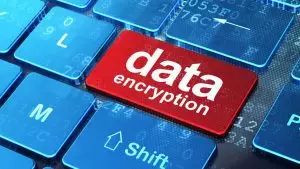 Encryption is one of the most robust methods for securing sensitive data, especially when it is stored on devices or transmitted over networks. There are two primary types of encryption that labs should implement:
Encryption is one of the most robust methods for securing sensitive data, especially when it is stored on devices or transmitted over networks. There are two primary types of encryption that labs should implement:
- Encryption At-Rest: Protects data when it is stored on hard drives, cloud storage, or other physical devices. It ensures that even if the storage medium is stolen, the data cannot be accessed without the proper decryption keys.
- Encryption In-Transit: Protects data when it is being transferred over the network. This is especially critical when labs are communicating or sharing data with external collaborators or cloud services.
Labs should implement end-to-end encryption (E2EE) for data exchanges to ensure that only the sender and the intended recipient can read the data.
- Regular Backups and Data Redundancy
Data loss can occur due to various reasons, including cyberattacks, hardware failure, or natural disasters. To mitigate this risk, labs should implement a robust data backup strategy that includes both on-site and off-site backups.
- Automated Backups: Setting up automatic backups ensures that critical data is regularly saved without requiring manual intervention.
- Cloud Backups: Storing data on remote servers or cloud storage provides redundancy, ensuring that data can be recovered in case of physical damage to lab equipment or servers.
- Testing Backups: Periodically test backups to ensure that data can be successfully restored.
- Compliance with Legal and Regulatory Standards
Compliance with legal frameworks like 21 CFR Part 11, HIPAA, and GDPR is essential for labs, particularly those in the pharmaceutical, healthcare, or clinical testing fields. Non-compliance can lead to severe penalties, including fines and reputational damage.
For labs involved in pharmaceutical research, 21 CFR Part 11 compliance is a critical regulatory requirement. This regulation, established by the U.S. FDA, mandates the security and integrity of electronic records and signatures used in regulated environments, such as drug development and clinical trials.
- Monitoring and Auditing
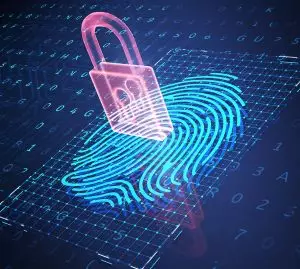 Continuous monitoring and auditing of lab systems and data are essential for identifying unauthorized access or potential security breaches. Systems should be configured to log every data access event, including the user, time, and the specific data involved.
Continuous monitoring and auditing of lab systems and data are essential for identifying unauthorized access or potential security breaches. Systems should be configured to log every data access event, including the user, time, and the specific data involved.
- Audit Trails: Maintain detailed audit trails that track user activity and data changes.
- Real-time Monitoring: Implement Security Information and Event Management (SIEM) systems to provide real-time alerts of suspicious activity.
- Behavioural Analytics: Using analytics to identify unusual access patterns or data usage can help detect and mitigate potential security risks.
- Employee Training and Awareness
The human element is often the weakest link in data security. Regular training and awareness programs are essential to ensure that lab personnel are knowledgeable about data security protocols and how to handle sensitive data.
Training should cover:
- Phishing and Cybersecurity Awareness: Employees should be trained to recognize phishing attempts and malware threats.
- Data Handling and Storage Procedures: Teach employees the correct procedures for storing, handling, and sharing sensitive data.
- Password Security: Encourage the use of strong, unique passwords and avoid sharing credentials.
The Role of Microlit E-BURETTE 2.0 and 21 CFR Software in Ensuring Compliance
The Microlit E-BURETTE 2.0 is an electronic burette designed for accurate and automated titration, commonly used in chemistry and pharmaceutical labs. Its integration with 21 CFR Part 11 compliant software makes it an essential tool for labs that need to ensure the integrity and security of their electronic records.
21 CFR Part 11 Compliance
21 CFR Part 11 is a regulation established by the U.S. FDA that governs the use of electronic records and signatures in regulated industries. Compliance with Part 11 is essential for labs in the pharmaceutical, biotech, and clinical research fields, where data integrity is paramount.
Microlit’s E-BURETTE 2.0 with its 21 CFR Part 11 compliant software ensures that all titration data is captured and stored securely. It provides:
- Audit Trails: Every action performed on the E-BURETTE 2.0 is recorded, providing an accurate and tamper-proof history of data acquisition.
- Password Protection and User Authentication: Only authorized users can access and modify the data, ensuring that the principle of least privilege is followed.
- Electronic Signatures: The E-BURETTE 2.0 can support the use of electronic signatures for data validation, ensuring that the results meet regulatory requirements.
- Data Integrity: The system prevents unauthorized changes to data once it has been recorded, maintaining the accuracy and integrity of the results.
By using the Microlit E-BURETTE 2.0, laboratories can ensure that their titration data is compliant with GLP (Good Laboratory Practice) standards, making it easier to maintain FDA compliance in regulated environments.
Conclusion
Data protection and security are critical in laboratory settings, especially when dealing with sensitive research or regulated data. Implementing best practices such as data classification, encryption, role-based access and regular backups is essential for mitigating risks and ensuring data integrity.
Tools like the Microlit E-BURETTE 2.0, with 21 CFR Part 11 compliance, provide laboratories with the means to meet both GLP and regulatory standards, ensuring secure and accurate data collection while maintaining audit trails and user accountability. By adopting these data protection practices, laboratories can confidently manage sensitive data and maintain compliance in an increasingly digital world. To know further, please email us at info@microlit.com our team will assist you.

